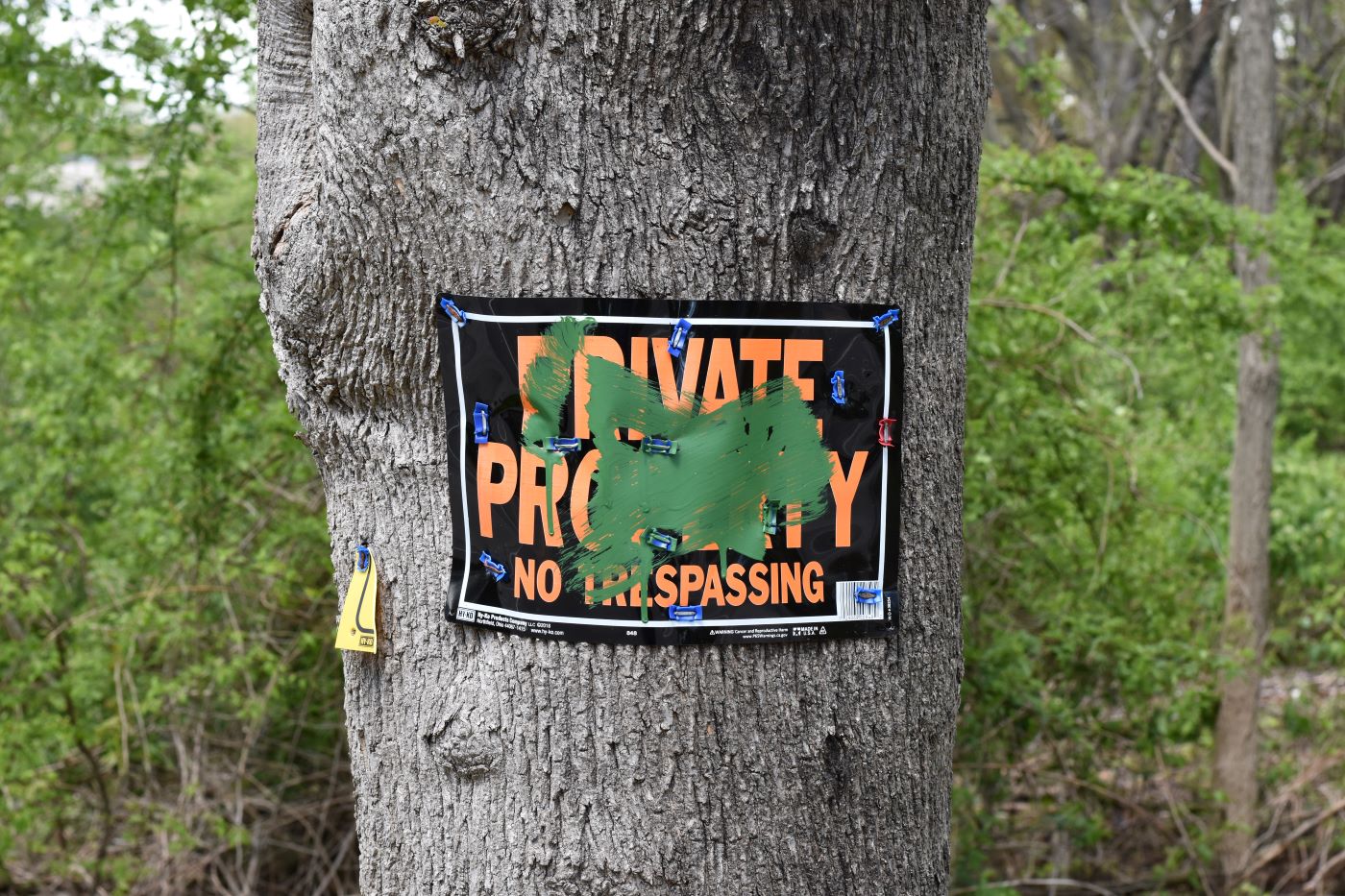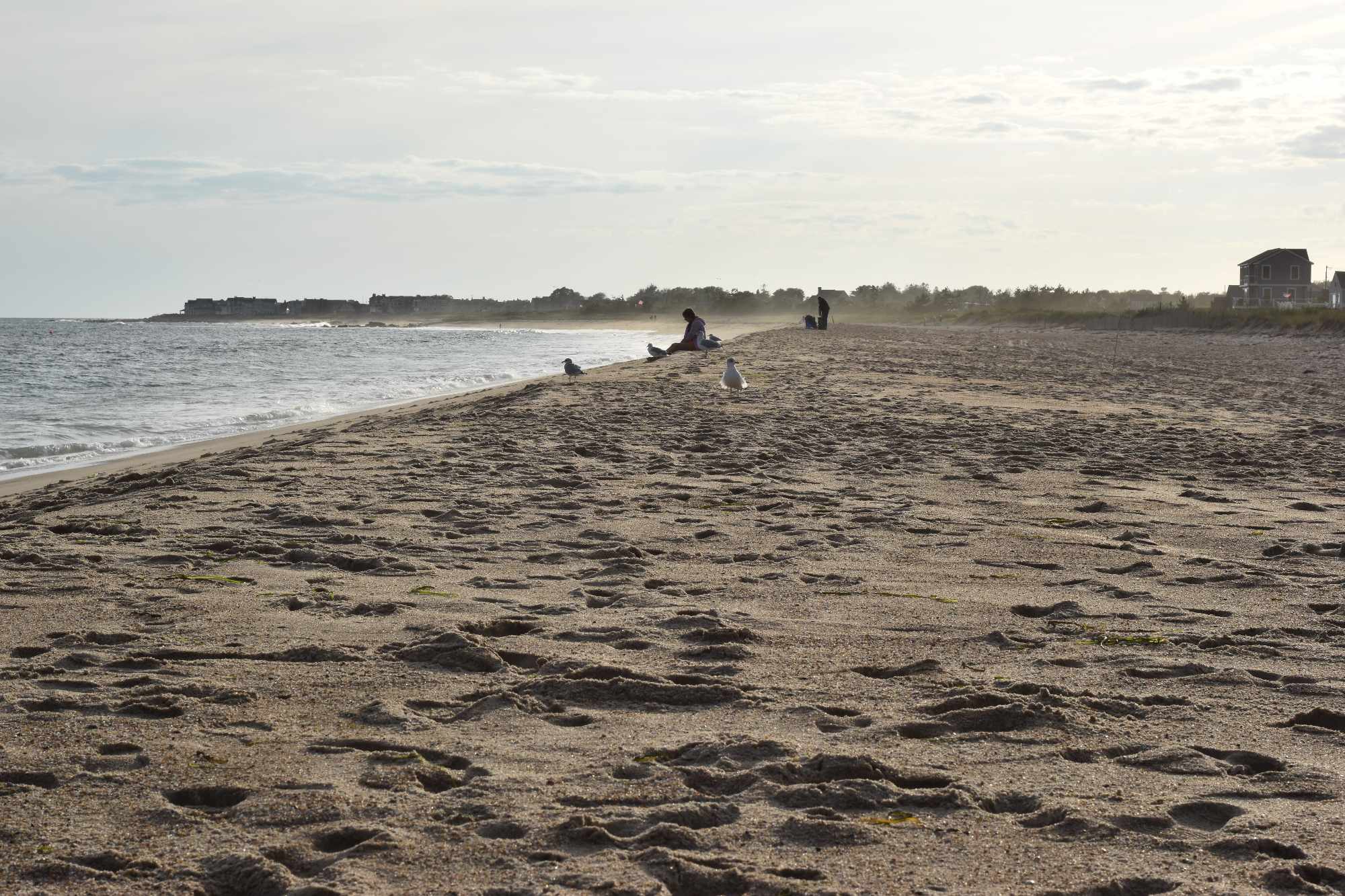Toxic Blue-Green Algal Blooms Becoming More Common
July 18, 2022
PROVIDENCE — The state’s environmental officials lack the resources to combat toxic blue-green algal blooms that annually impair some of Rhode Island’s most popular recreational waterways, so often the waterbodies are closed longer than they need to be.
Each year, the Rhode Island Department of Environmental Management (DEM) tests waterbodies for harmful levels of cyanobacteria that bloom during the hottest days of the summer and give local ponds that sickly green hue. When the water is found to have high levels of cyanobacteria, DEM issues a public health advisory.
DEM keeps the advisories in place until late fall or early winter. The blooms do not last that long, but the department lacks the money and resources to be able to repeatedly test infected waterways, so the advisories remain posted until the temperature drops and all the blooms die off for the winter.
The algae release toxins into the water either when cells are ruptured or during the blooms. Contact with cyanobacteria can cause eye or skin irritations such as rashes, blisters or hives.
Swallowing water from cyanobacteria blooms can cause diarrhea, vomiting, dizziness, tingling in fingers and toes, numb lips, and other symptoms of neurotoxicity. Pets, livestock, and wildlife ingesting the water can also experience sickness, paralysis or death.
The blooms are caused by a confluence of different factors. Cyanobacteria is found in almost all freshwater waterways, but to grow into a significant bloom it requires excessive amounts of nutrients such as nitrogen and phosphorus, which are almost always carried into the water from runoff in developed areas.
“The toxins can be harmful to wildlife as blooms die off,” said Jane Sawyers, a supervising environmental scientist in DEM’s Office of Water Resources. “They’re being fed an overabundance of nutrients, they bloom, and all of a sudden they die off. All that decayed material can really reduce the dissolved oxygen in the water.”
Blooms thrive in stagnant water and do their best during hot days in July and August, when they receive the most sunlight. “As we get later into summer they become more prolific,” Sawyers said, “when they meet all conditions suitable for growth.”

DEM and officials from the Rhode Island Department of Health have issued 161 joint health/recreational advisories about the blooms since 2011, when state officials began tracking them. Many of the waterways with advisories are repeat offenders.
The various ponds in Roger Williams Park, for example, have received 30 public health advisories since 2011.
Newport’s Almy Pond, which once recorded the highest levels of phosphorus in any pond in Rhode Island, according to Save The Bay, has received eight advisories over the past 10 years. Last year the Newport City Council voted to approve a $180,000 grant from the Rhode Island Infrastructure Bank to remove out-of-use pavement from Sprouting Rock Drive at the pond’s northeastern end.
Portsmouth’s Upper and Lower Melville ponds have collectively received 13 public health advisories during the past decade.
Overdeveloped land in watershed areas is one of the problems. Runoff from residential and commercial areas feeds the nitrogen and phosphorus needed for blue-green algal blooms.
“It’s the nutrients that are good for growth,” Sawyers said. “It could come from fertilizers, it could come from pet waste, it could come from potentially leaking septic systems.”
Nearly 76% of Almy Pond’s watershed is developed residential or commercial land, according to the University of Rhode Island’s Watershed Watch. For Upper Melville Pond in Portsmouth, that number is closer to 80%.
The climate crisis is only expected to make the blooms more frequent and intense, as the warming planet spurs many of the prime conditions for growth.
“Cyanobacteria prefer warm water, they prefer stagnant conditions, and all those things — temperature changes, precipitation changes — are definitely affected by climate change,” Sawyers said.



